“When the Moon Kissed the Ocean”



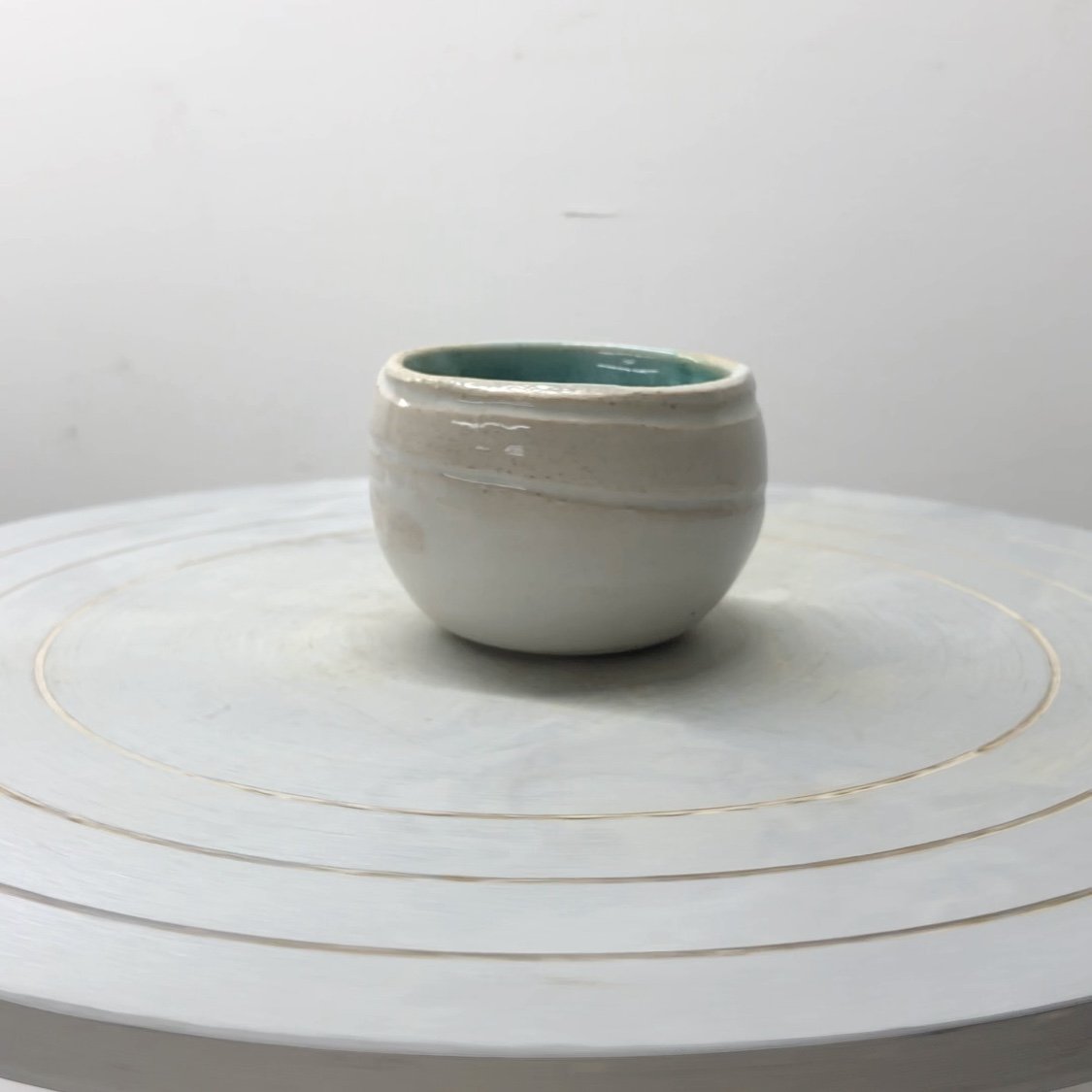


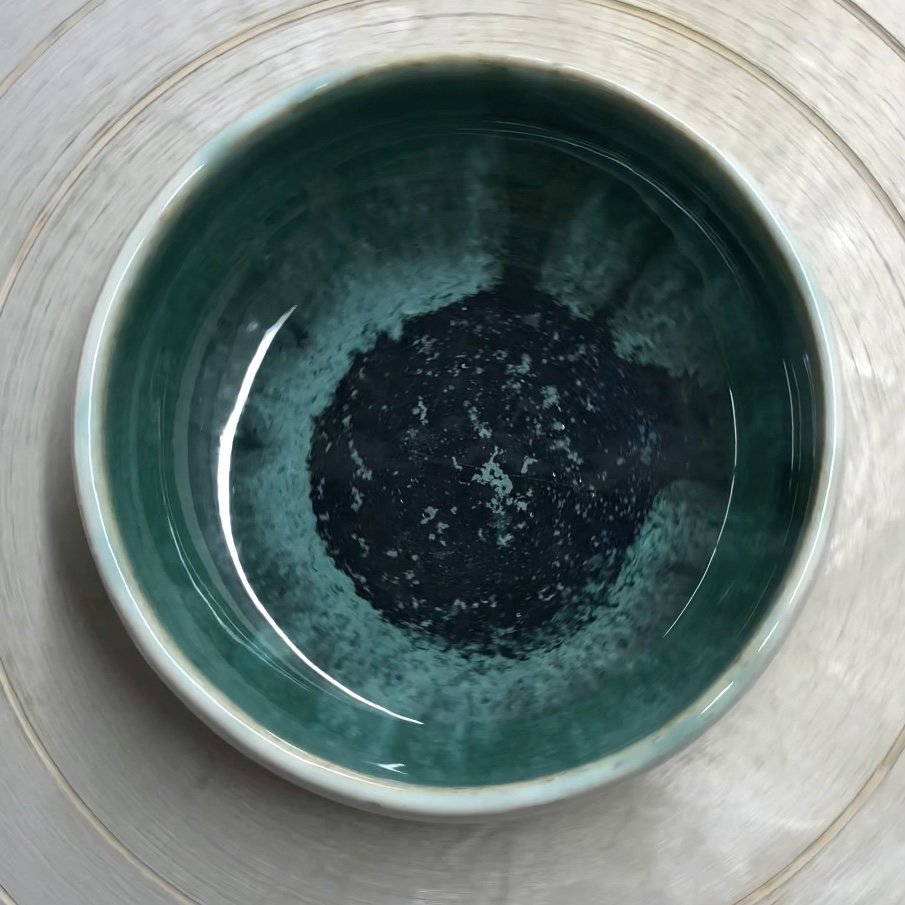



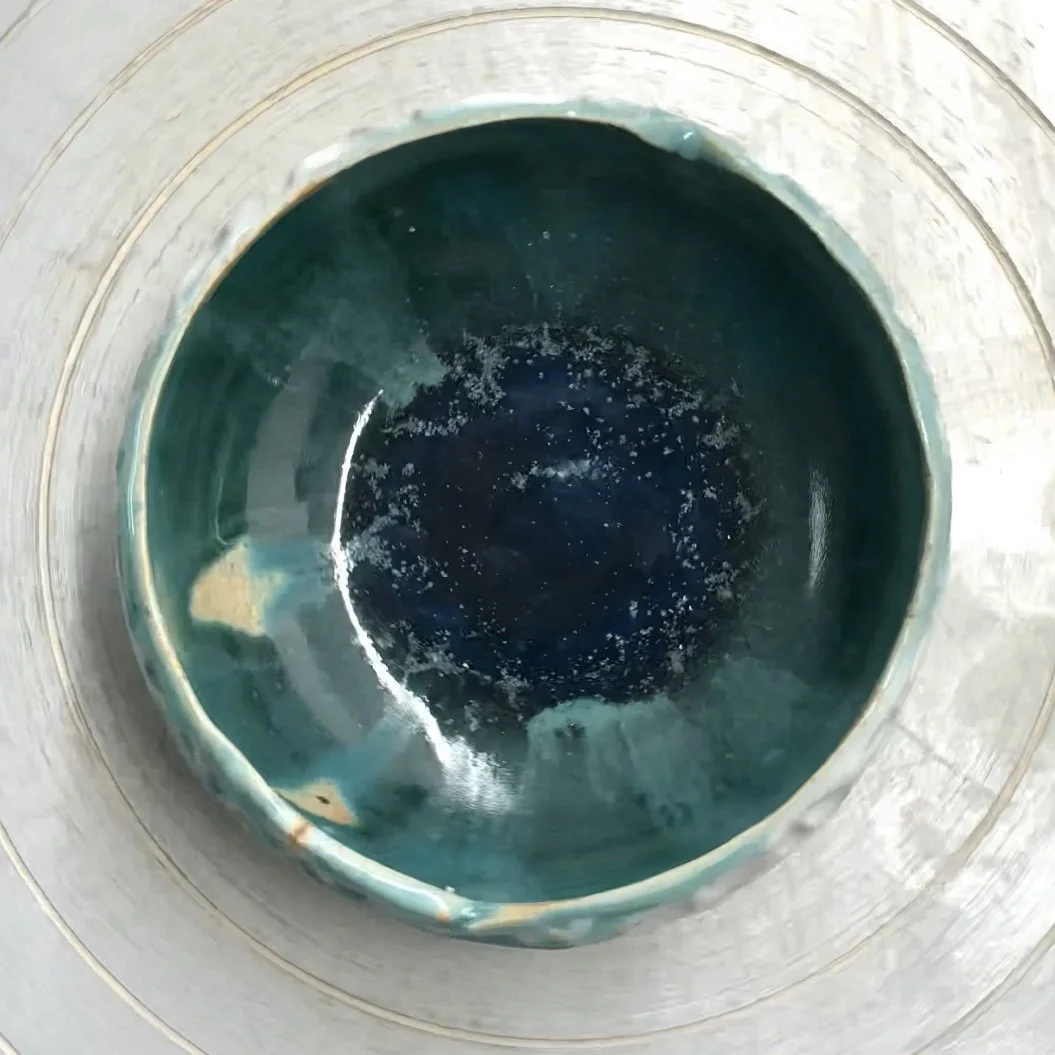





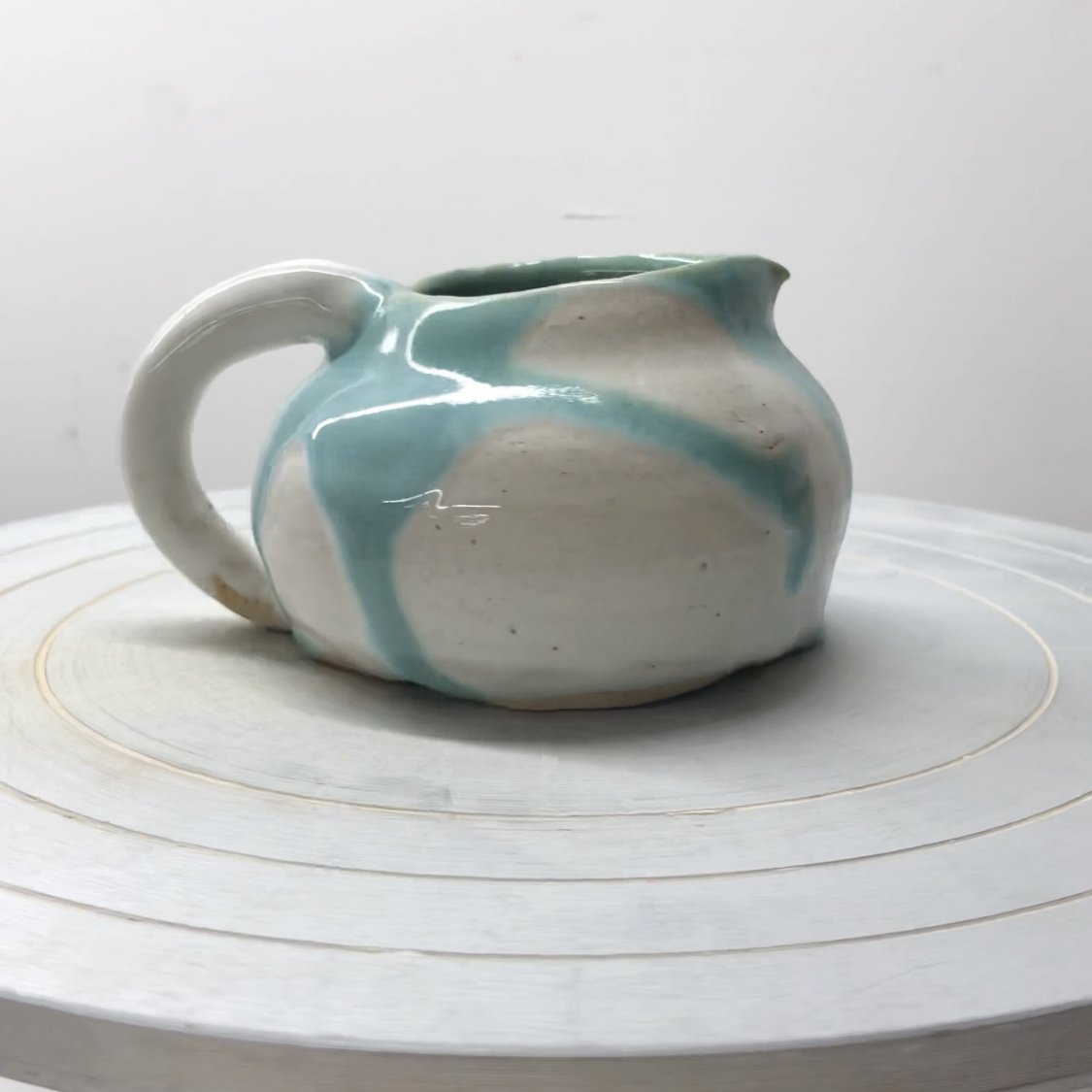
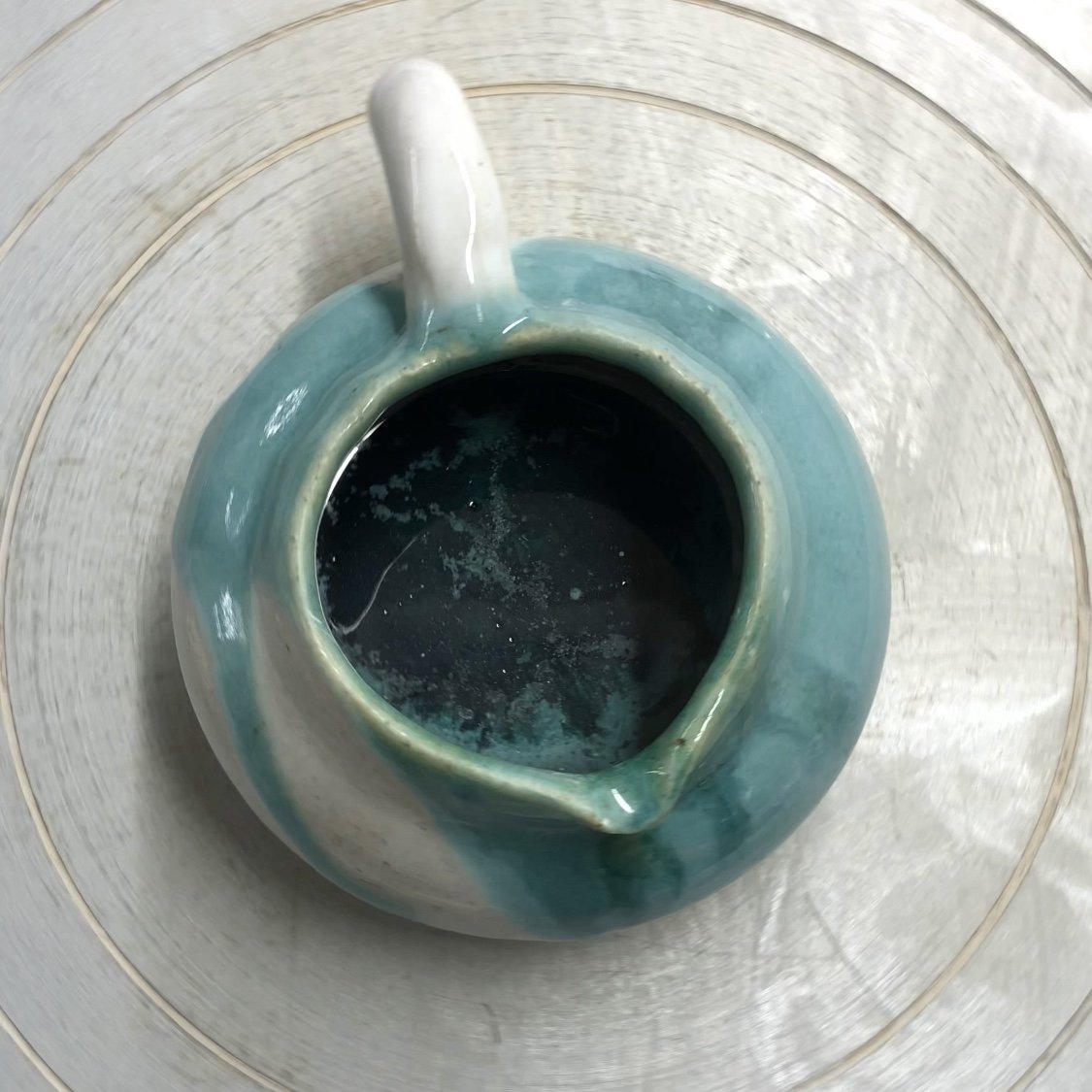






This is my first ceramics collection. I made all the pieces during my fellowship with Public Ceramics this past summer. This was my first time ever touching clay.
This collection means so much to me because it is the first time that I had the opportunity to truly immerse myself in an art environment and be surrounded by the resources and support to pursue my artistic vision. Growing up, my parents had never encouraged my artistic endeavors; it felt a lot like when you stare outside the window of a moving car, in observance of the moon. It moves with you, always to be seen, but you can’t touch it. This was how art felt; I always had an affinity for it, but no real means to pursue it. Because the ocean — once a primordial soup — is the origin of life, the name of my collection is an acknowledgment of how this was the first time in my life that I got to connect with the explicitly artistic side of myself. It was an act of self-love too; I kissed the younger version of myself, the one that had always dreamed of walking into a studio with the sole intention of making art — just because. This fellowship gave me the opportunity to spend hours just throwing clay onto the wheel. This was a full dive, head first into a part of life that I had always wanted. I began to actually feel alive.
The collection name also comes from the way it looks — the white of the moon, the blues and greens of the ocean. The layering of glazes makes it look like a swell coming into shore meeting the water that is returning to the depths.
1. how you take care of yourself directly impacts your work. When you are dehydrated, your body will take water from the clay. this can make it more difficult to complete your projects. Whether you are cognizant of it or not, your health impacts many other aspects of life.
2. How to love things because you made them, not necessarily because they are perfect. By virtue of learning the process of creating a ceramic piece — wedging, then throwing, then centering, then drying and carving and putting for bisque fire, then glazing, then putting for fire again. The process typically takes weeks (even months, like when I was doing my Bellevue rotation at the same time as my fellowship), and form a relationship with most every piece that you create. You love the work because they are yours and because you grew with it. You are intrinsically proud of creations because you know the time and energy it took to make something, even if it isn’t as grandiose as others’ work. All of your work can stand on its own merit.
3. Accepting imperfections and being okay with the possibility of something not turning out the way you imagine. The first piece in the collection — the serpent ouroboros — was really what taught me the shortcomings of trying to make perfect pottery. This work was serendipitous from the get-go. It was the third thing I had thrown on the wheel, and I had accidentally made the rim a little bit too large, so it curved over itself. But to me, it looked just like an ouroboros, a symbol of greed that I had always been fascinated by. When you crave all that you see, that you cannot even recognize the tail as yourself. So I kept the piece because it was a beautiful mistake. I then put scales on it, but as a beginner ceramicist that had never taken a hand-building class, I didn’t realize that the outside scales being wet and the inside bowl being drier could result in the clay expanding and then cracking. When a split emerged in the center of the piece, I was horrified. I tried to fix it— and I did! It dried and it looked like everything was going perfectly. But then I got greedy and tried to take a picture of the bottom of the piece (where my signature is carved), which resulted in me snapping the horn of the serpent. I had to start over and wet the piece again to rebuild the horn. And that’s when the crack came back due to moisture differences in the clay. I tried to smooth it out to fix it, but the piece fought back. It expanded while I was holding my hands, with an audible snap. I’ll never forget that moment. This was when I asked Mike, one of the studio directors, what to do — he advised repairing it with mold and hoping for the best. Against all odds, the piece survived the bisque fire and the glaze fire. And you can’t even see the crack anymore in the center; although a new one has appeared on the side. But this work taught me more than anything else in the collection what it means to work with clay. You are not in complete control no matter how hard you try to be — and that is okay.
